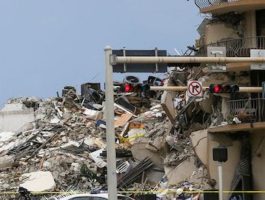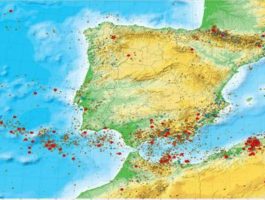
The nature of explosions in industry facilities
In industrial facilities, accidental or man-made explosions (AE) can generate blast waves that can damage the integrity of the structure if the structure was not specifically designed to resist an explosion. Such explosions can occur as a consequence of an explosive atmosphere, created by the sudden release of a liquid or gas at high pressure, or an explosive compound detonating by accident or design.
Damage from explosions can vary and will depend on the type of structure combined with the nature of the explosion. The structural damage is dependent on the way a blast wave is reflected or refracted by exposed structures. In some cases, the structure is stiff enough that the explosion will not be affected by the structural behavior under load (decoupled structure), while in other cases, the behavior of other structures will affect the loading they receive (coupled structure).
Structural Blast Engineering
Structural Blast Engineering is a way of designing so that the primary structure is resilient and has sufficient connection capacity and ductility to minimize the consequences should an accidental explosion occur. Performance-based recommendations can then be integrated into contractual clauses for projects. Lastly, structural blast engineering can also lead to cost-effective adjustments to existing structures
Dynamis in-house blast assessment software
In line with the company’s mission of creative solutions for a safer world, for the past few months, Dynamis has been developing a software that performs fast, accurate, and reliable blast assessment for all types of structures. This user-friendly and innovative tool allows the user to both study the dynamic behavior of an entire structure, or just a selected portion.
The dynamic load generated by the blast can automatically be defined by the software or directly introduced by the user.
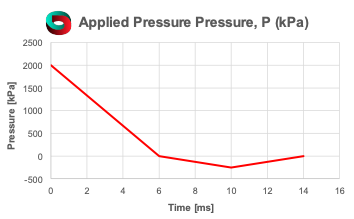
The structure is then modelled with fiber beam elements, allowing to reproduce the non-linear behavior of the component and the dissipation of energy.
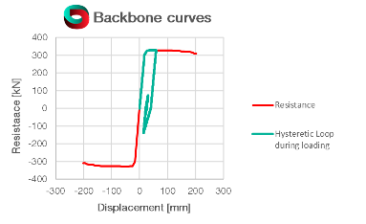
The software also allows to quickly visualize all the outputs (time series of forces, displacements, rotations, etc.) as well as define the performance limits.
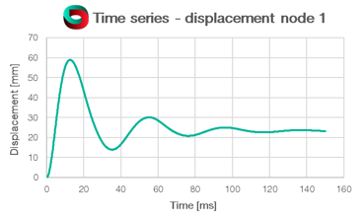
The tool has been developed entirely in-house with our team of experts in structural dynamics. This software is especially handy when working with clients in the Industry and Energy sectors who have facilities and structures that are extremely vulnerable to any type of blast or explosion.



